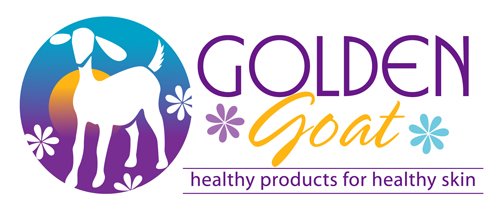A rash is a change in the skin which affects its appearance or texture. A rash may be localized to one part of the body, or affect all the skin. Rashes may cause the skin to change color, itch, become warm, bumpy, dry, cracked or blistered, swell and may be painful.
A rash breaks down the skin barrier and makes the skin more susceptible to infection. It is possible for a serious skin infection to develop in an existing rash. Signs of infection may include:- Increased pain, swelling, redness, or warmth around the affected area.
- Red streaks extending from the affected area.
- Drainage of pus from the area.
- Swollen lymph nodes in the neck, armpit, or groin.
- Fever or chills with no other known cause.
Atopic dermatitis: is perhaps the most common form of eczema. This is a hereditary skin problem that often begins in childhood as chapped cheeks and scaly patches on the scalp, arms, legs, and torso. Later in childhood, atopic dermatitis may affect the inner aspects of the elbows and knees.
"Dermatitis" means inflammation of the skin. "Atopic" refers to diseases that may be associated with allergies and tend to run in families. This is often worse in the winter months, when the air is cold and dry.
Skin affected by atopic dermatitis becomes extremely itchy and inflamed. It may look red, swollen, and cracked. In some cases, the skin can also weep and crust. Liquid that oozes out of such crusts is often not infected; what comes out is the body's normal tissue fluid. Treatment specific for eczema is helpful, not antibiotics.
Patches of atopic dermatitis may appear on various parts of the body, but the condition is not contagious. It may appear off and on throughout life, but there may be long intervals between outbreaks. Also, the condition does not get progressively worse with age; if anything, it is most extensive during childhood. Many use steroids to control the eczema, though steroids may hold a potential risk of future health problems with prolonged use.
Contact dermatitis: is a rash that is brought on either by contact with a specific material that causes allergy on the skin or with something that irritates the skin. This can be anything from frequent hand washing to poison ivy to detergents and fragrances.
As for prevention, most of it is common sense. Watch for poison ivy, avoid fragrances and detergents, use goat milk soap daily to wash hands and body, retain natural moisture with goat milk lotion or shea butter...
There are many other rashes, but these are the most common complaints we see in our customers. Next time, we will focus on dandruff.




